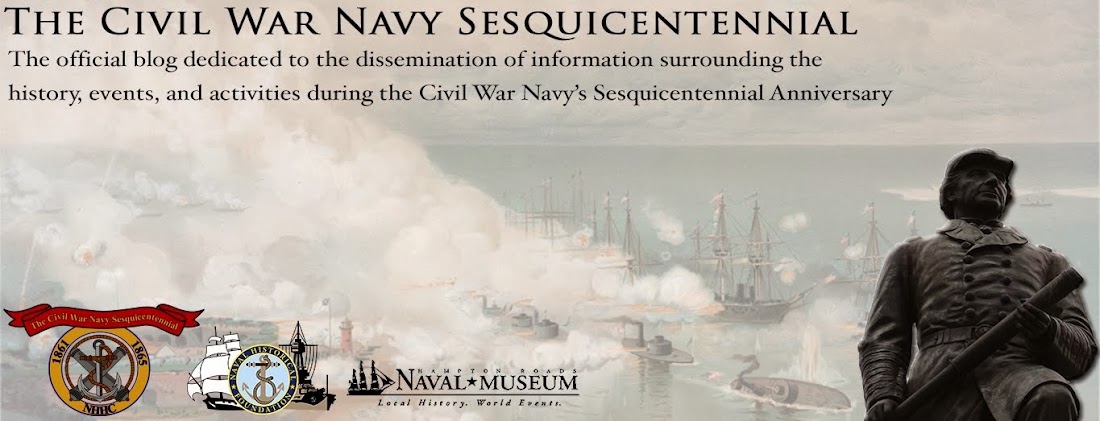Scott understood that the Mississippi needed a naval force as soon as possible. In an early memorandum to General George McClellan, commander of western operations, Scott commented that the Army would need at least 12-27 gunboats. It proved to be a gross underestimate. Neither the Army or the Navy maintained any naval force on the Mississippi. All future vessels of war needed to be purchased and converted for wartime duty, or built from scratch.
Organizing a western fleet began within weeks of the fall of Fort Sumter. At the advice of U.S. Attorney General and Missourian Edward Bates, the Navy summoned James B
 . Eads, a prominent and wealthy St. Louis salvager and naval architect. After a positive meeting with Secretary of the Navy Gideon Welles and Gustavus Vasa Fox, on 29 April Eads submitted a proposal for a blockade of the upper Mississippi. Cairo, Illinois would be the base of forward operations. These proposals were forwarded to Secretary of War Simon Cameron, who directed McClellan to organize a naval force.
. Eads, a prominent and wealthy St. Louis salvager and naval architect. After a positive meeting with Secretary of the Navy Gideon Welles and Gustavus Vasa Fox, on 29 April Eads submitted a proposal for a blockade of the upper Mississippi. Cairo, Illinois would be the base of forward operations. These proposals were forwarded to Secretary of War Simon Cameron, who directed McClellan to organize a naval force.Welles was preoccupied with the oceanic blockade and treated the Mississippi predicament as a sideshow. On 16 May, he dispatched Commander John Rodgers to Cincinnati to advise McClellan. In his orders to Commander Rodgers, the Secretary made it clear that all waterborne matters in the west, including vessel procurement and building, were the responsibility of the Army. Above all, it was up to the Army to finance the project:
SIR: You will proceed to Cincinnati, Ohio, or the headquarters of General McClellan, where they may be, and report to that officer in regard to the expediency of establishing a naval armament on the Mississippi and Ohio rivers, or either of them, with a view of blockading or interdicting communication and interchanges with the States that are in insurrection.Not only would the Army draw upon the expertise of James Eads and John Rodgers, but the Navy additionally detailed U.S. Naval Constructor Samuel Pook to Cairo. Together, these three men formed a knowledgeable team. Eads was intimately familiar with the Mississippi and her tributaries, and understood the peculiar design requirements any gunboats would have to meet. Pook was able to combine, with Eads, his skill in ship design, and they developed the plans for many of the vessels launched in 1861 and 1862. Rodgers, whose liaison assignment in the West would be brief, added the necessary military background and worked closely with the Army, setting in motion the creation of the Western Gunboat Flotilla.
This interior nonintercourse is under the direction and regulation of the Army, and your movements will therefore be governed in a great degree by General McClellan, the officer in command, with whom you will put yourself in immediate communication. He will give such orders and requisitions as the case to him shall seem necessary, you acting in conjunction with and subordinate to him.
Whatever naval armament and crew may be necessary to carry into effect the objects here indicated, you will call for by proper requisition.

No comments:
Post a Comment